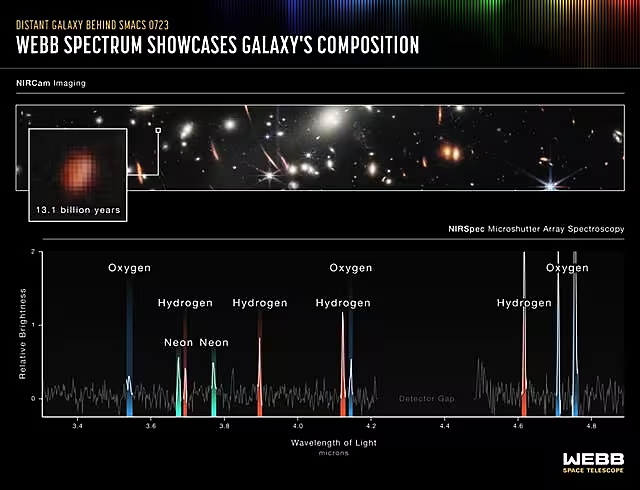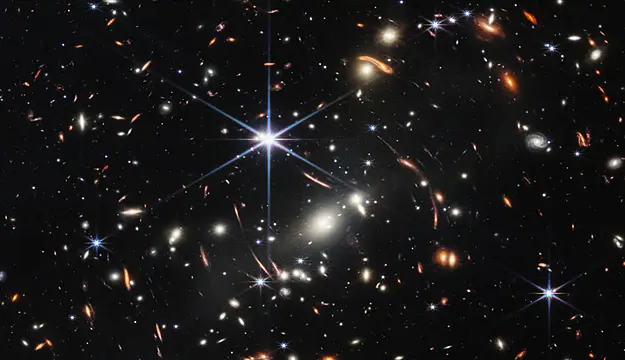Nasa is “just getting started” with new discoveries in the universe after releasing stunning photos taken by its James Webb Space Telescope, its boss said.
Among the images released on Tuesday were the Southern Ring Nebula, a dying star approximately 2,000 light years away, a compact group of galaxies known as Stephan’s Quintet and previously hidden “baby stars” called the Carina Nebula.
Bill Nelson, Nasa administrator, said the telescope represented “the best of Nasa”.

He said: “It maintains our ability to pull us forward for science, for risk-taking, for inspiration and we don’t want to ever stop exploring the heavens nor stop daring to take another step forward for humanity.
“In the words of the famous Carl Sagan, ‘Somewhere, something incredible is waiting to be known’. I think those words are becoming a reality.”
He added: “The Webb team’s incredible success is a reflection of what Nasa does best. We take dreams and turn them into reality for the benefit of humanity. I can’t wait to see the discoveries that we uncover – the team is just getting started.”

Jane Rigby, Webb operations specialist, said: “The amazing thing with Webb is the speed with which we can churn out discoveries.”
The first image, showing a deep field cluster of distant galaxies, was released on Monday after being shown to US President Joe Biden.
Dr Rigby said of the image: “They really geeked out – we had a closed door session – and they were so thrilled.”
Mr Nelson said that Nasa’s unmatched ingenuity made “the impossible possible”.

“You’re going to see the formation of stars. You’re going to see devouring black holes. It’s going to reveal all of this.
“This telescope because of infrared is going to be able to penetrate through the dust clouds and it’s going to see light from faraway corners of this universe”.
He added: “This telescope – the images you will see today – exceed looking back 13 billion years and then we will look back to as far as 13 and a half billion years.

“The speed of light is 186 miles per second – and that light has been travelling for 13.5 billion years. Only about a few hundred million years after the beginning.
“That’s the threshold that we are crossing and it’s an example of what Nasa can achieve.
“It’s one of these great engineering feats – not just for us but for humanity, for planet Earth, for the citizens of planet Earth”.
Giovanna Giardino, data scientist said the image of Stephan’s Quintet reveals a “a sort of cosmic dance driven by the gravitational force” — the type of interaction that drives the evolution of galaxies”.







